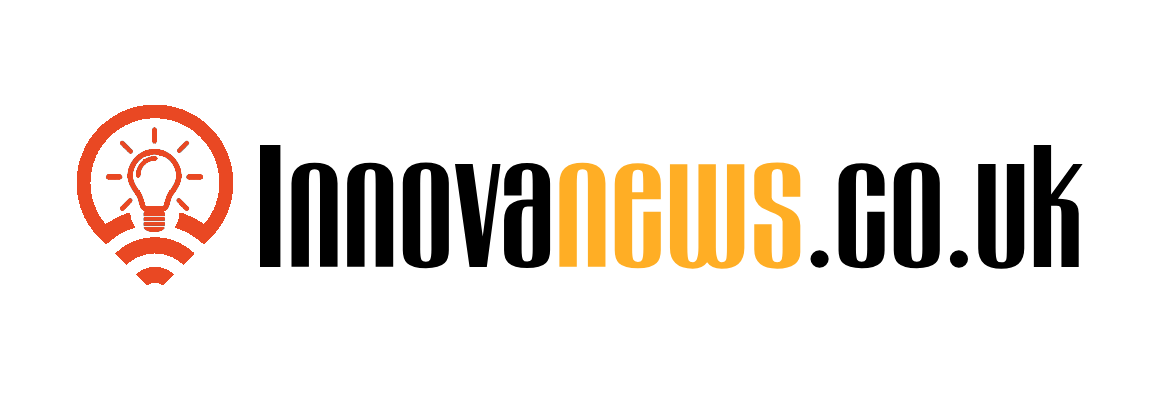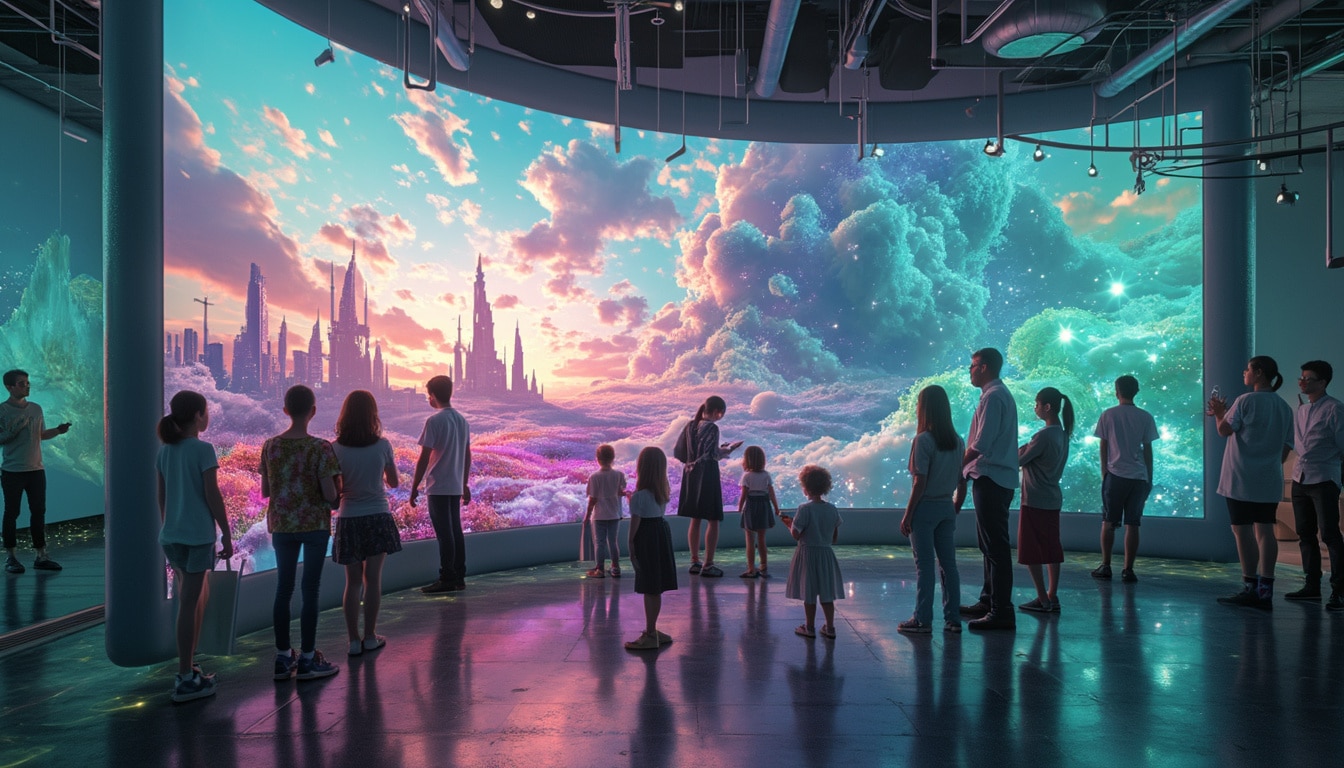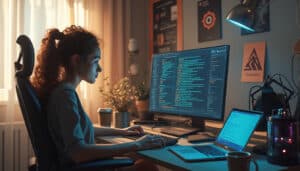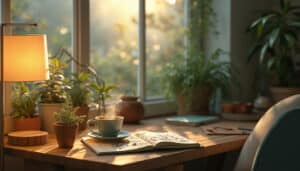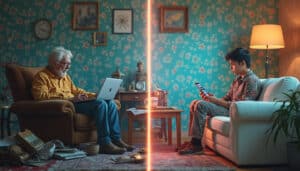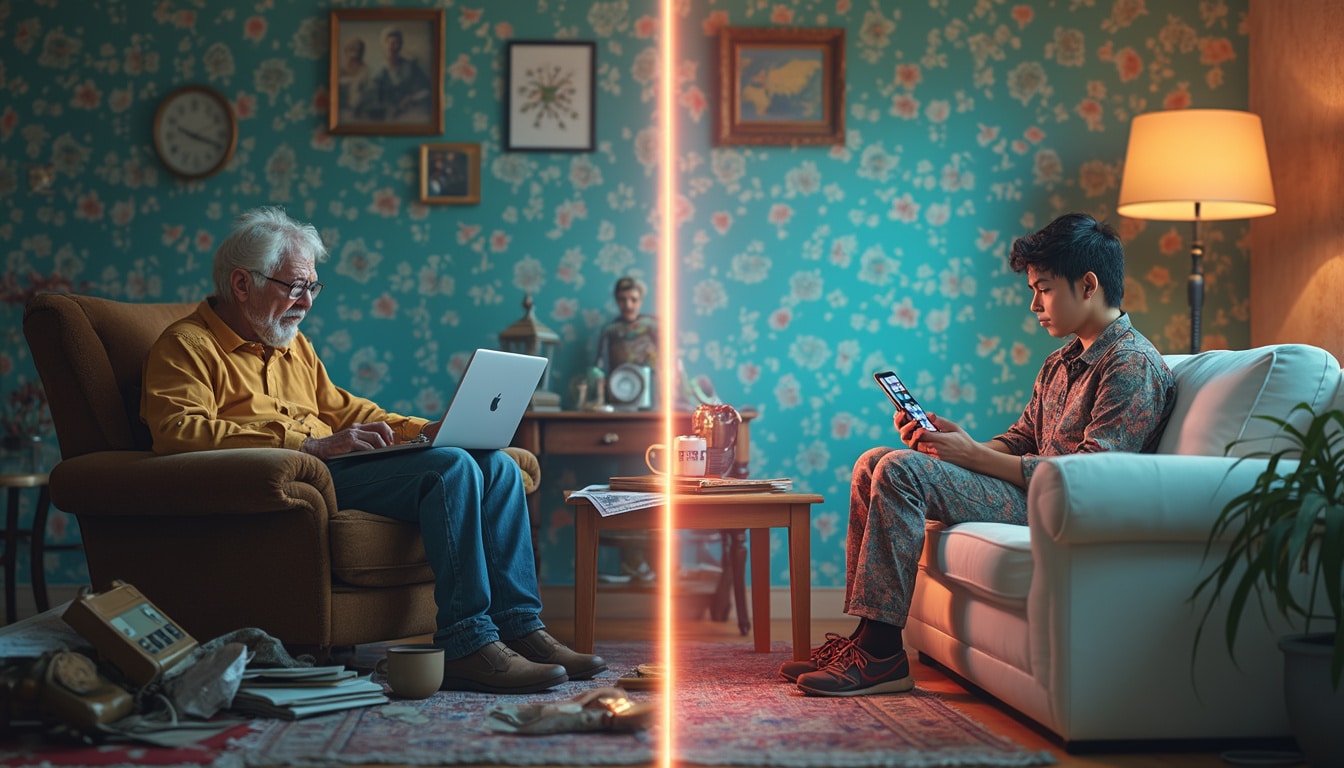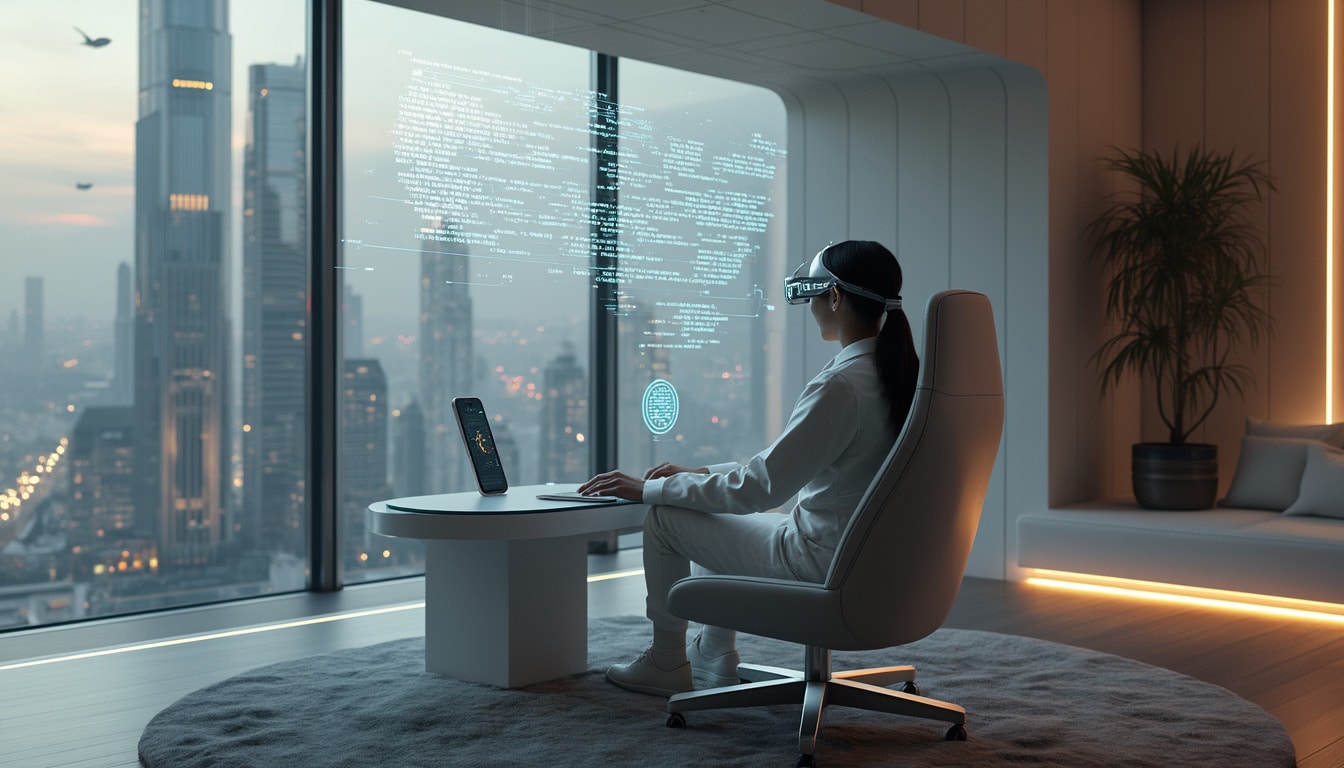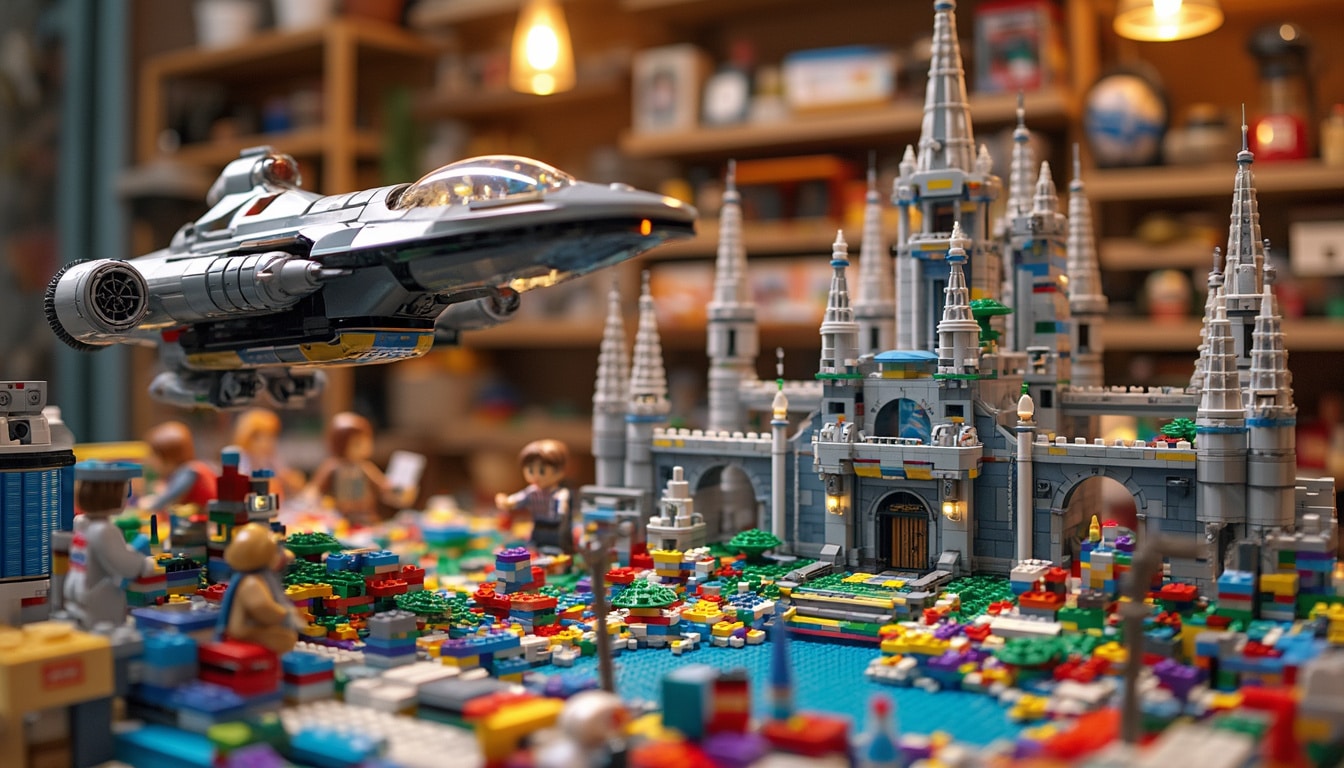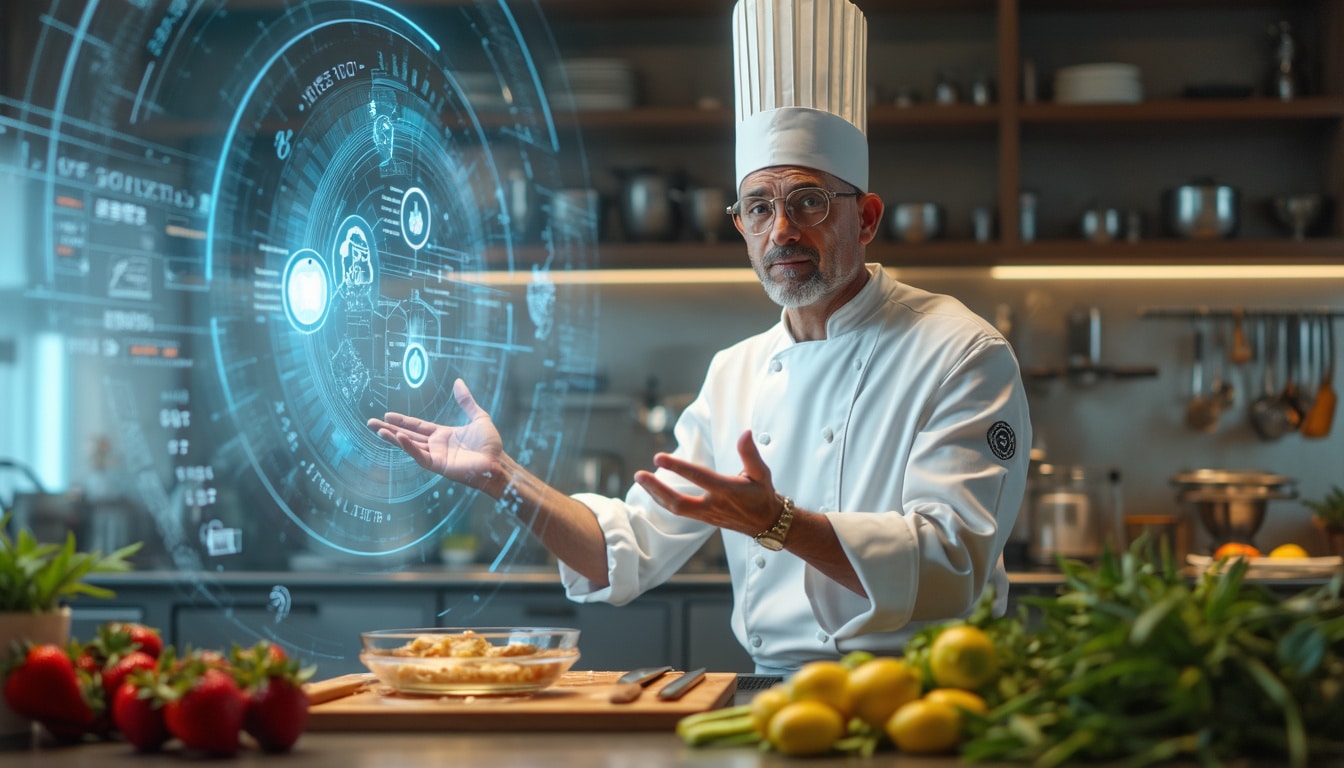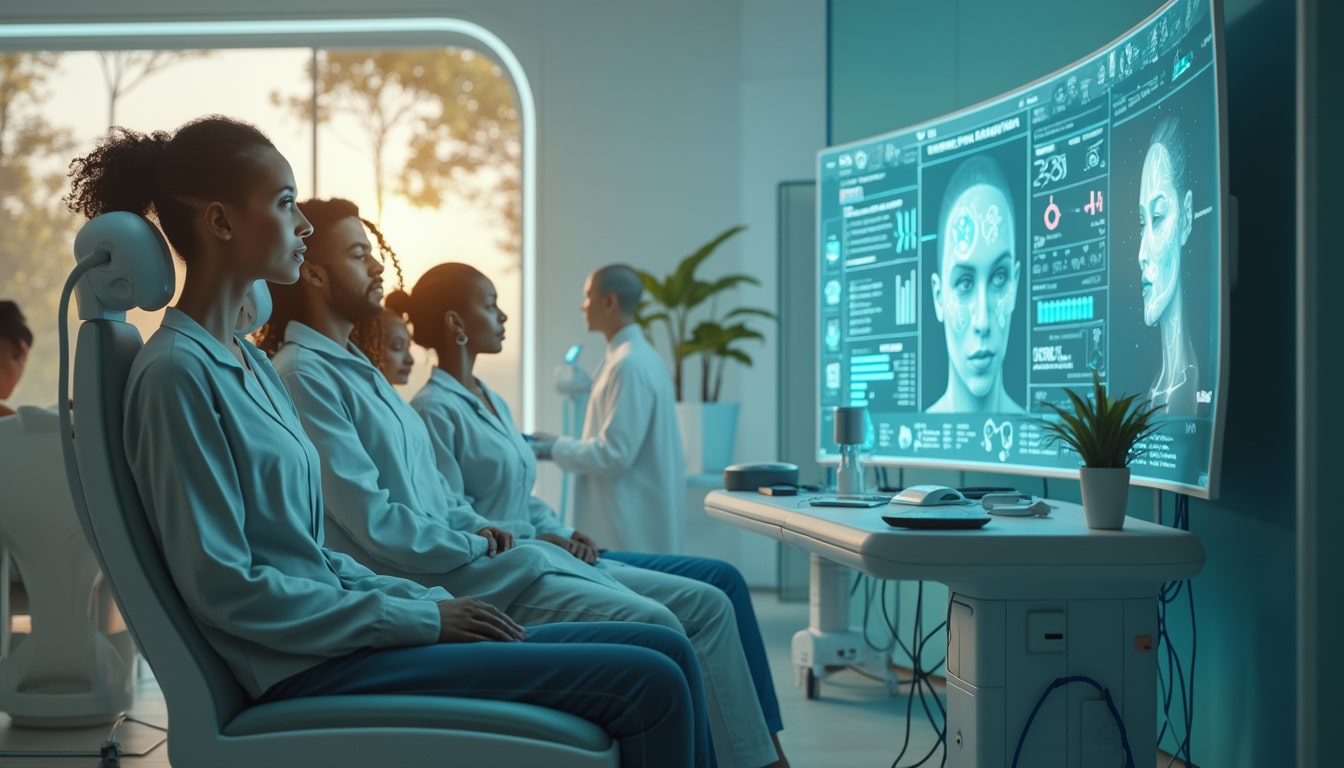« `html
The latest update from ChatGPT has ignited a global frenzy, turning users into overnight digital artists. With the integration of image generation, everyone from hobbyists to professionals is experimenting with new creative horizons. In particular, the iconic Ghibli style has become the darling of this AI-driven art revolution.
As the online community dives into this trend, astonishing creations like Elon Musk as Totoro are flooding social media feeds. This surge showcases the viral potential of artistic AI but also highlights the underlying technical limitations. Sam Altman, CEO of OpenAI, has publicly responded to the overwhelming demand, pointing out the strain on their GPU infrastructure. The interplay between boundless creativity and technical constraints is shaping the future landscape of digital expression.
« `html
Artificial intelligence continues to push the boundaries of creativity, and the latest update to ChatGPT 4o is no exception. This advanced version not only excels in text generation but also boasts a powerful image generation feature that has taken the internet by storm. From whimsical illustrations inspired by Studio Ghibli to surreal depictions of public figures, users are unleashing their imagination like never before.
Table of contents
Togglehow does chatgpt 4o’s image generation feature work?
At the heart of ChatGPT 4o‘s new capabilities is its sophisticated image generation model. Unlike previous iterations that relied on rigid prompts, this version understands the user’s visual intentions. By interpreting nuanced descriptions, the AI can create images that are not only accurate but also artistically expressive. This intuitive approach allows for more fluid and accessible creation, making it a valuable tool for both seasoned artists and curious beginners.
The process begins when a user inputs a descriptive prompt. The AI analyzes the text, identifies key elements, and synthesizes them into a coherent visual representation. This seamless translation from words to images is powered by a robust GPU infrastructure, ensuring high-quality outputs even for complex requests. The result is a diverse array of visuals that reflect the user’s unique vision.
why is the ghibli style trending among users?
The influence of Studio Ghibli on contemporary digital art is undeniable, and ChatGPT 4o has tapped into this trend brilliantly. Users are flocking to create images reminiscent of Ghibli’s iconic animation style, characterized by its whimsical charm and intricate details. This preference isn’t surprising, given Ghibli’s enduring popularity and the nostalgic resonance it holds for many.
Platforms like Reddit, X, and TikTok are saturated with creations that blend Ghibli aesthetics with modern pop culture figures. Imagine Donald Trump or Elon Musk reimagined through the lens of « My Neighbor Totoro » or « Spirited Away. » These unexpected mashups not only amuse and surprise but also highlight the versatility of AI-generated art. The viral nature of these images fuels community creativity, inspiring more users to experiment with their own Ghibli-inspired projects.
what are the technical challenges faced by chatgpt 4o?
The surge in popularity of ChatGPT 4o‘s image generation has not come without its challenges. As user demand skyrockets, the AI’s GPU infrastructure is stretched to its limits. This has led to periods of saturation, where the system struggles to keep up with the influx of requests. Recognizing the strain, Sam Altman, CEO of OpenAI, publicly requested a temporary pause on image production to allow the infrastructure to recover.
This situation underscores the significant computational and energy costs associated with running advanced AI models. High demand can lead to technical bottlenecks, affecting both the performance and accessibility of the service. As AI continues to evolve, addressing these limitations will be crucial to maintaining user satisfaction and sustaining the platform’s growth.
how are creators leveraging chatgpt 4o globally?
Creativity knows no boundaries, and ChatGPT 4o is empowering creators worldwide to bring their ideas to life. From transforming classic movie scenes into Ghibli-style animations to inventing entirely new fantastical worlds, the possibilities are endless. Artists are not only using the built-in image generator but also combining it with other tools like Midjourney to enhance their creations further.
This democratization of art creation means that even those without traditional technical skills can produce compelling visuals. By lowering the barriers to entry, AI tools like ChatGPT 4o are fostering a new wave of digital expression. Whether it’s for personal projects, social media content, or professional endeavors, the AI’s ability to translate imagination into reality is revolutionizing the creative landscape.
what is the future of ai-assisted visual storytelling?
The integration of image generation into ChatGPT 4o marks a significant milestone in digital storytelling. The capability to create visuals on demand is set to transform various industries, including cinema, publishing, and advertising. Imagine scriptwriters being able to visualize scenes in real-time or marketers crafting bespoke graphics tailored to their campaigns effortlessly.
As AI continues to advance, the line between imagination and creation will blur further. Enhanced collaboration between humans and machines will likely lead to innovative narrative forms and artistic expressions previously unattainable. While the full cultural impact of this technology is yet to be seen, the foundational changes it introduces promise a vibrant and dynamic future for visual arts.
how can users make the most of chatgpt 4o’s image generation?
To fully harness the potential of ChatGPT 4o‘s image generation, users should explore and experiment with its diverse capabilities. Start by crafting detailed prompts that clearly convey your visual intentions. The more specific you are, the better the AI can interpret and execute your vision. Don’t hesitate to combine different styles or themes to create unique and captivating images.
Additionally, leveraging community platforms can provide inspiration and feedback. Engaging with other users allows you to discover new techniques and refine your approach. Consider integrating other creative tools to enhance your AI-generated images, adding layers of complexity and polish. By embracing a collaborative and iterative process, you can unlock the full range of possibilities that ChatGPT 4o offers.
what are the ethical considerations of ai-generated art?
As AI-generated art becomes more prevalent, it’s essential to address the ethical implications that come with it. Issues such as intellectual property, authorship, and the potential for misuse are at the forefront of discussions in the AI community. Ensuring that AI tools are used responsibly and that artists’ rights are respected is crucial for maintaining trust and fostering a healthy creative environment.
OpenAI has been proactive in addressing these concerns by setting guidelines and seeking feedback from users and experts alike. Transparency in how the models are trained and the data they use helps mitigate potential biases and fosters a more inclusive generation of art. As the technology evolves, ongoing dialogue and careful consideration of ethical standards will be vital to navigate the complexities of AI-assisted creation.
exploring case studies of viral ai-generated images
One notable case study involves a series of images depicting Elon Musk and Donald Trump in the whimsical style of « My Neighbor Totoro. » These creations quickly went viral, showcasing the AI’s ability to blend real-world figures with beloved animation aesthetics. The unexpected juxtaposition not only entertained viewers but also highlighted the versatility and creative potential of ChatGPT 4o.
Another example includes the transformation of classic movie scenes into Studio Ghibli-inspired illustrations. By reimagining iconic moments with a touch of magical realism, these images have resonated with audiences, sparking conversations about the future of visual storytelling. These case studies demonstrate how AI-generated art can bridge the gap between different cultural elements, creating engaging and thought-provoking content.
can ai-generated images replace traditional art forms?
While AI-generated images are undeniably impressive and offer new avenues for creativity, they are not poised to replace traditional art forms. Instead, they complement and enhance human creativity by providing tools that can accelerate the creative process and expand artistic possibilities. Traditional artists can leverage AI to experiment with new styles, iterate on ideas quickly, and explore concepts that might be challenging to realize manually.
The essence of art lies in human expression and the emotional connection it fosters. AI can assist in this journey, but the personal touch and unique perspective of human artists remain irreplaceable. The future likely holds a symbiotic relationship where AI and traditional art coexist, each enriching the other and pushing the boundaries of what is possible in the creative realm.
what impact will chatgpt 4o have on the creative industry?
The introduction of sophisticated image generation in ChatGPT 4o is set to have a profound impact on the creative industry. It democratizes access to advanced creative tools, enabling a broader range of individuals to participate in visual storytelling. This accessibility can lead to a surge in innovative content, as more voices contribute to the artistic landscape.
For professionals, AI-generated images can streamline workflows, offering quick prototypes and visual aids that enhance productivity. In fields like advertising and marketing, the ability to generate custom visuals on demand can lead to more dynamic and responsive campaigns. Additionally, the integration of AI in creative processes is likely to inspire new roles and specializations, bridging the gap between technology and artistry.
